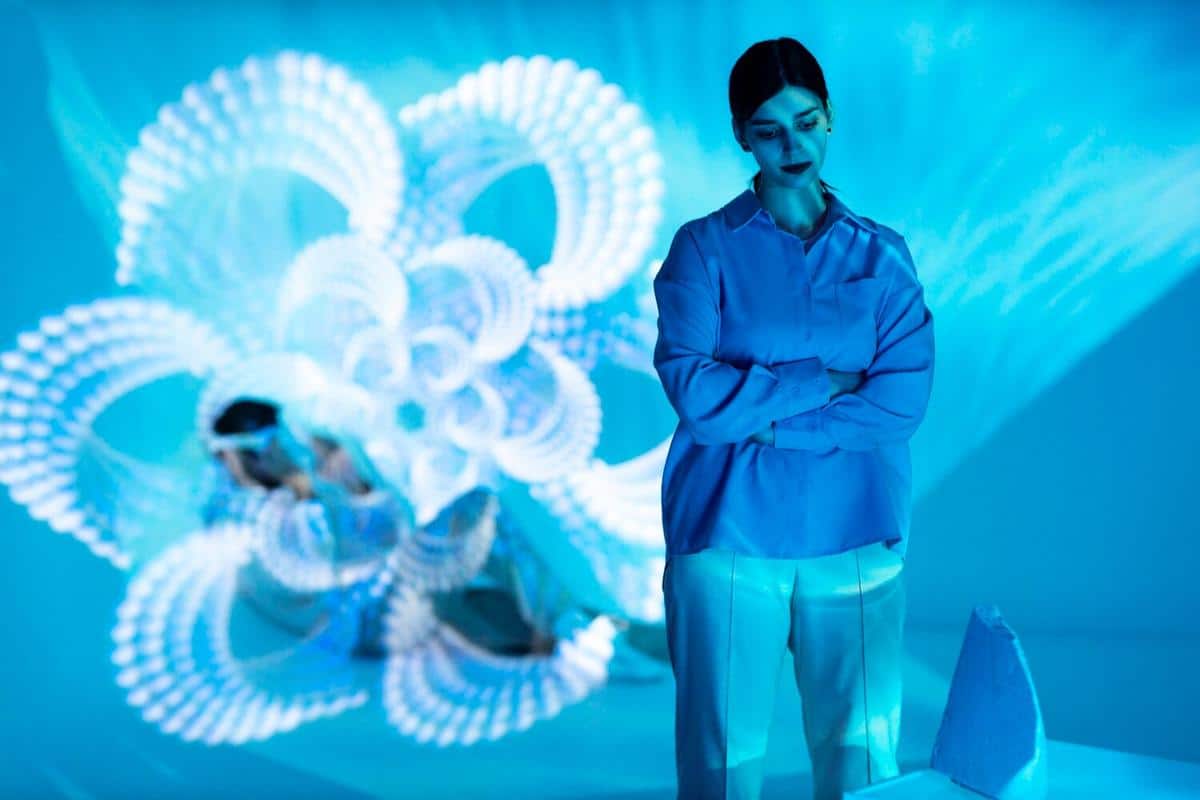
The Intersection of Fashion and Biotechnology
Imagine a future where your clothes can purify air, change colors based on mood, or even generate energy. This isn’t science fiction; it’s the fascinating intersection of fashion and biotechnology. As these two fields converge, they are reshaping how we think about clothing and its potential impact on our lives and the environment.
Fashion and biotechnology are two fields that, on the surface, seem worlds apart. However, their intersection is creating a revolution in the way we design, manufacture, and even wear our clothes. By merging the creativity of fashion with the innovation of biotechnology, we are witnessing a new era where garments not only serve aesthetic purposes but also offer functional benefits.
The Innovation Wave
One of the most exciting developments in this area is the creation of biofabricated materials. According to experts like Suzanne Lee, a pioneer in biofabrication and the founder of Biofabricate, these materials are made from living organisms such as yeast, bacteria, and fungi. This process not only reduces the carbon footprint compared to traditional textile production but also opens the door to biodegradable fabrics.
Real-World Applications
A significant breakthrough has been the development of fabrics that can adapt to environmental changes. For instance, researchers at MIT have developed a fabric that can open up its pores when the wearer gets hot, allowing better airflow and cooling. This kind of adaptive clothing is a great example of how biotechnology can enhance comfort and functionality.
Table: Examples of Fashion and Biotechnology Innovations
| Innovation | Description |
|---|---|
| Biofabricated Leather | Made using yeast, offering a sustainable alternative to animal leather. |
| Color-Changing Fabrics | Fabrics that change color based on temperature or mood. |
| Energy-Generating Textiles | Clothing that can harvest energy from the sun or body movements. |
| Antimicrobial Fabrics | Textiles treated with biotech solutions to prevent bacterial growth. |
| Responsive Sportswear | Garments that adjust to body temperature for optimal performance. |
| Biodegradable Sequins | Sequins made from cellulose that decompose after disposal. |
| Self-Healing Fabrics | Materials that can repair small tears themselves. |
| Moisture-Wicking Fabrics | Clothing that manages sweat by drawing it away from the skin. |
Actionable Tips for Fashion Enthusiasts
- Stay informed about the latest developments in fashion tech by following industry leaders and publications.
- Consider investing in garments made from biofabricated materials to support sustainable fashion.
- Experiment with adaptive clothing that offers both style and function.
Frequently Asked Questions
What is biofabrication?
Biofabrication is the process of using living organisms to create new materials, often with the goal of reducing environmental impact.
How can biotechnology make fashion more sustainable?
Biotechnology can create materials that are biodegradable, require less energy to produce, and can even purify the air or generate energy.
Are there any drawbacks to using biotechnology in fashion?
While the potential is enormous, there are challenges related to scaling production and ensuring the durability of biofabricated materials.
Conclusion
The fusion of fashion and biotechnology is transforming the industry, offering new possibilities for sustainable and innovative designs. As we continue to explore this exciting intersection, the potential for creating garments that are not only stylish but also beneficial to our health and the environment is immense. By staying informed and embracing these innovations, we can all be part of a more sustainable future in fashion.


